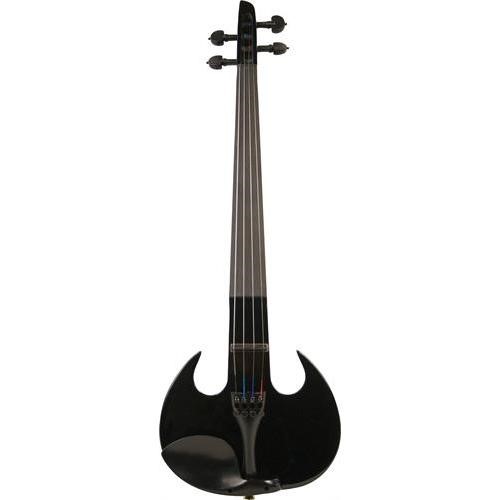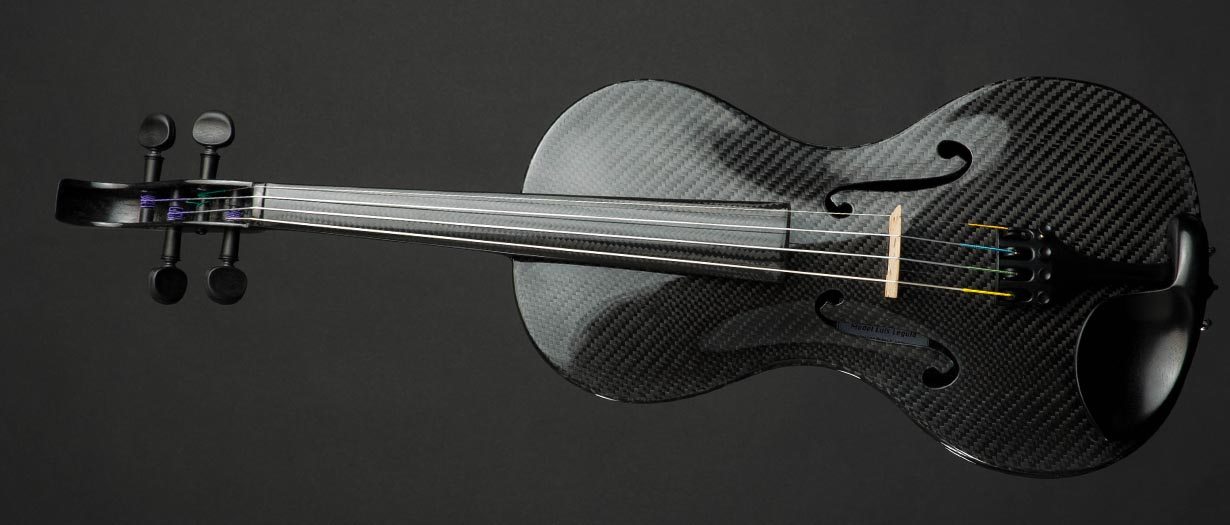When any given technology reaches maturity, one might think that it’s time perhaps to stop innovating. A familiar, reliable example is the codex, also known as the book, now many centuries old and an obvious improvement over clay tablets and paper scrolls. Its low cost and sheer utility have yet to be surpassed. Yet damn it all if we don’t have inferior alternatives being shoved down our throats all the time, accompanied ad naseum by the marketers’ eternal siren song: “new and improved.” Never mind that novelty or improvement wasn’t even slightly needed. A more modern example might be Microsoft Word 5.1, dating from 1992, which dinosaurs like me remember fondly for its elegance and ease of use. More than 20 years later, Microsoft Office (including MS Word) is widely considered to be bloatware, which is to say, it’s gone backwards from its early maturity.
So imagine my consternation when yet another entirely mature technology, one near and dear to the hearts of music lovers (those with taste, anyway), received another obligatory attempt at an update. Behold the preposterous, ridiculous, 3D-printed, 2-string, piezoelectric violin designed by Monad Studio:

Someone teach the poor model, chosen for her midriff no doubt, how to hold the bow! The view from the opposite side offers no improvement:

I won’t go into the myriad ways this is just plain wrong. Don’t let me get started ….
The violin (and its familial relations the viola, violoncello, and contrabass) reached a relatively early maturity in 17th-century Italy. Two of the most famous makers are Andrea Guarneri (and his descendents) and Antonio Stradivari. The design settled upon is rather unintuitive, I think, and exceedingly difficult to master as a performer, but the results speak for themselves. Luthiers have been trying to recreate the special combination of tonal characteristics those instruments produce, often bringing modern science to bear on the issue, but have nonetheless failed, at least in part because the wood and lacquer of that particular time and place cannot be duplicated despite spectral and chemical analyses.

In the modern era, numerous exotic designs have been offered, including the Yamaha Silent Violin (more a practice instrument than a performing instrument) seen at left. Why some models have five strings instead of the traditional four eludes me. The absence of an acoustic resonating body, which among other things gives the traditional violin its character, is overcome by an electrical pickup on the bridge, which then requires amplification, typically into earbuds worn by the player. A similar design is offered for sale by Cecilio and sold at … Sears (who buys musical instruments at Sears?).

An even more threatening looking version is the Stingray electric violin shown at right. This instrument ventures into electric guitar territory and would probably be right at home in a bluegrass or country rock band. (There is also a Cobra cello, complete with an ugly harness for positioning the instrument; but really, how far afield is it necessary to go?)
In a slightly more traditional, nonelectric category are carbon fiber violins (and other strings) made by, for example, Luis & Clark and Elixir. I have yet to hear one played in the flesh, but I don’t for a second believe celebrity endorsements and encomia. I’m more than a little big bugged by the rounding off of the distinctive side curls taken by the traditional violin.

OK, I can’t resist: rant on/
What the hell are instrument builders thinking? Is everything deemed magically better somehow if electrified, 3D printed, and thus handily transformed into frank betrayals of their very essence? Are we so discontented and restless than nothing can be what it is any longer but must constantly be reinvented? The violin’s natural element is classical music (variously, art music), and to a lesser degree when it’s a fiddle, folk music. It is undoubtedly true that these types of music were widely displaced by popular music in the 20th century (jazz, Tin Pan Alley, Broadway musicals, rock ‘n’ roll, etc.), which musics are also on a heedless bender to constantly reconfigure themselves in search of new forms of expression and audience retention. As a result, orchestral and chamber music in the 21st century are relegated to museum pieces. Music written for traditional fine arts ensembles from roughly 1600 to 1930 continue to compel listeners, though the Agony of Modern Music is that art music has failed utterly to be relevant. A few devoted auteurs still promote the works of living composers, but most of the remaining concert-going public for classical music stays away from world premiers, and wisely so I would add. So fine, I admit it: classical music has no future except to resurrect the past.
Why, then, do we need these newfangled instruments? Gawd! That thing at top looks like a cross between a Klingon bat’leth and the alien from, well, Alien! Two strings and no apparent room to shift up and down the fingerboard means that the pitch range is stupidly foreshortened. Woe to the player should she slip and accidentally decapitate herself! Plus, who would carry one of those things around? Is there a case for it? Street cops would likely conclude it’s a weapon of mass destruction, shoot first, and ask questions later. Finally, what kind of sound does it make? Is it even designed with that consideration in mind? It is a testament, I argue, that a spent and exhausted culture (shades of Spengler) vomits up precisely these sorts of abominations, reminiscent of death cults, shortly before their demise. Get your skull tattoos and piercings now. Time is running out.
rant off/

Curious to see what you think of the use of classical instruments here. (The lead singer is using a real instrument, but some of the others seem not to be.)
Pretty much illustrates my point about death cults. The tune starts with a funeral dirge and then erupts in a punk celebration of … what? The use of three acoustic string instruments is neither here nor there for me. They don’t serve any particular purpose. Note the head-nodding audience, basically reveling in nonsense. The video is 21 years old, but the affect remains the same today: fuck it, we’re done. Might as well have some fun.
Having a passing acquaintance with the book industry I watched with some alarm as e-readers took off a decade ago. They immediately sucked away 15% of book sales. Then after a few years the sales plateaued. I watched as business men/women on flights switched from reading physical books to a majority reading on their e-readers. Then I watched that same demographic move from reading on their e-readers to playing games on those same devices.
In the publishing industry 90% of what is sold and what is read has no real lasting cultural resonance. The same is probably true of the music culture and those who play instruments. The percentage of true artists playing the violin and fiddle probably has remained constant. And they probably adhere to a traditional low-tech but artfully made instrument.
I also think maligning Sears could be dangerous for someone who lives in the Chicago area.
But, I always enjoy a good rant.
Cheers,
It’s called, trying to trick us into spending more money. Your post actually reminded me of something someone in India boasted, “I use refined sugar,” which one of my daughters had to laugh at because we all know that white sparkling stuff is a whole lot worse than it’s brown cousin.
I’m not entirely certain that creating new markets for useless stuff is always trickery. That would be the proverbial snake oil. But yeah, lots of examples spring to mind. The most ironic one of late is the iWatch. Apple effectively brought back a technology it had rendered mostly obsolete, and it’s not convincing (to me at least) that the tiny screen size offers a useful substitute for even a modest smart phone screen, which have been sizing up and down cyclically.